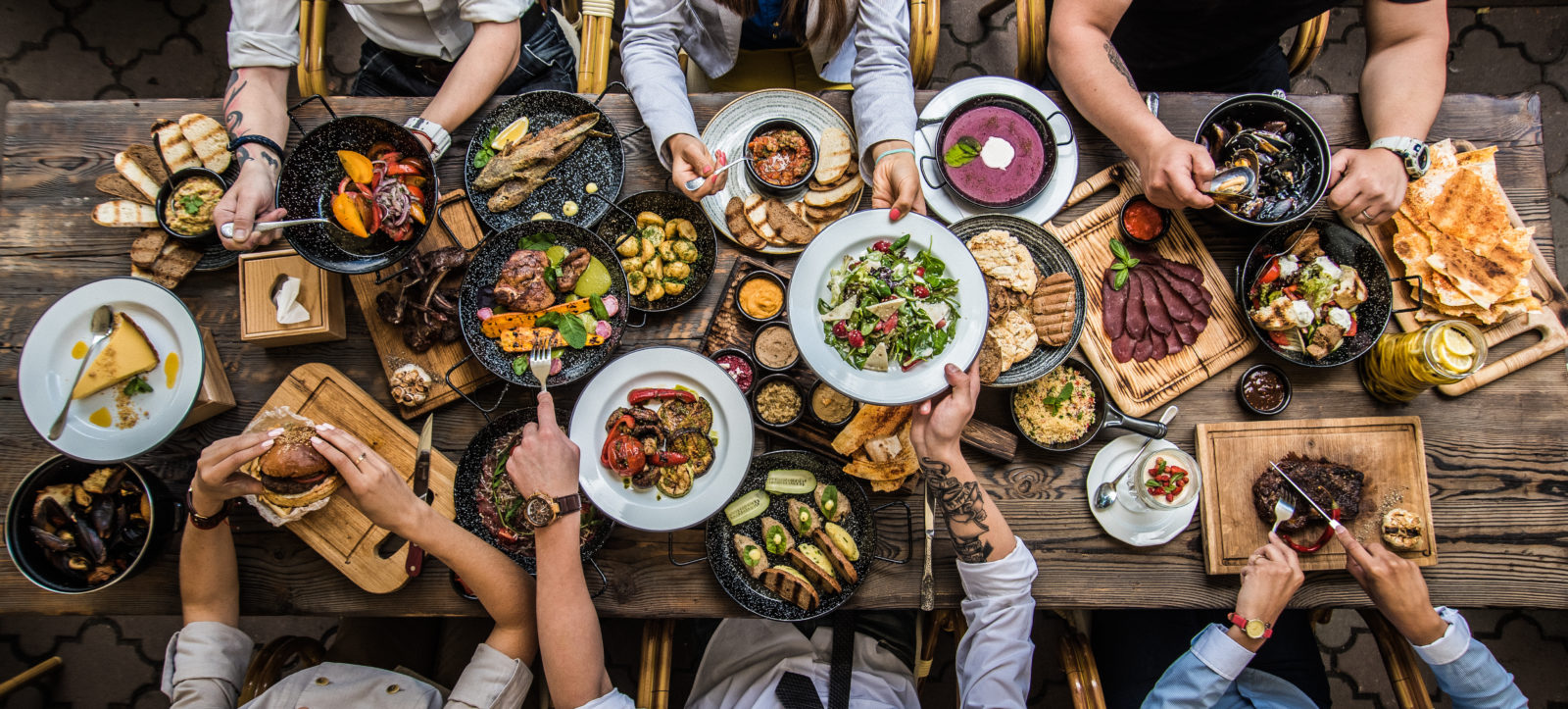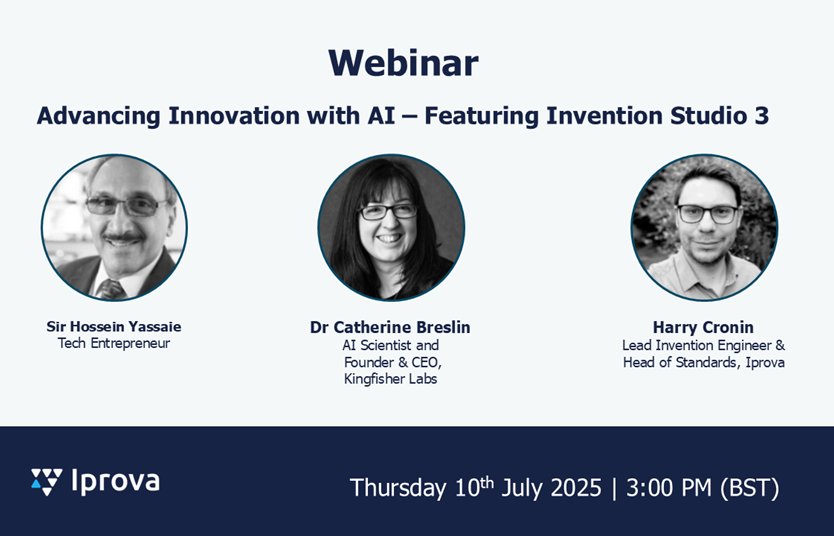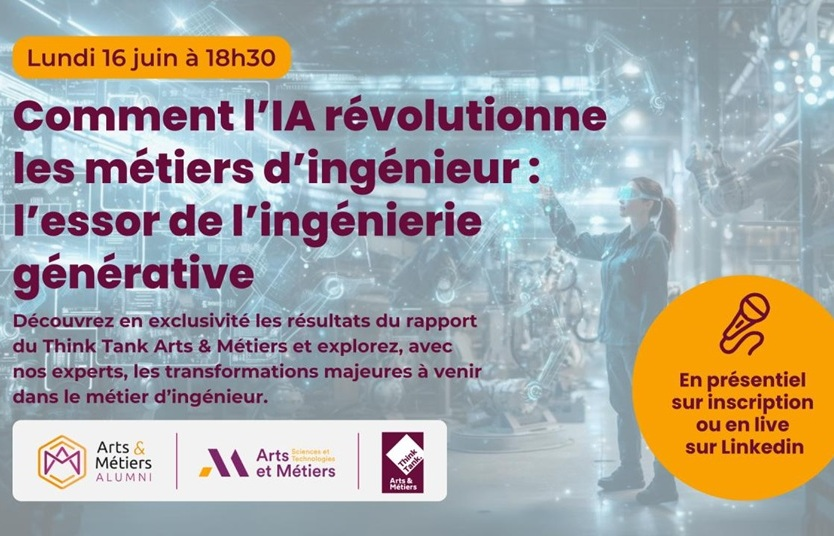Iprova disruption briefing — 1
We are at war with an invisible enemy. For better or for worse, the COVID-19 pandemic has caused dramatic changes to our way of life that will far outlast the crisis itself. Like the generations that experienced The Great Depression and other major disruptions, our perceptions, behaviours and policies will forever be informed by this experience. While, today, understandably much of the world’s heroic effort is focused on saving lives and solving the immediate medical, logistic, social, political and economic problems surrounding the pandemic, at Iprova we think that this is also a good time to begin looking further into the future. Over the next few weeks we will use our unique data-driven invention platform to start a conversation about what we all need and want in a post-pandemic world. We will be publishing a series of briefs that explore less obvious areas of disruption and opportunities for invention, and we invite you to help us envision the future we are inventing for.
What is data-driven invention?
At Iprova we use NLP/ML (Natural Language Processing and Machine Learning) algorithms and our proprietary invention logic to identify and track day-to-day market, societal, technical and scientific advances around the world so we can very quickly identify and resolve inventions when these advances have an impact in our target invention areas. This approach to invention brings speed, diversity and agility to the process, enabling us to explore emerging points of disruption and create unexpected, valuable and targeted inventions on demand. It also allows us to leapfrog the inertia, intensity and level of disruption usually associated with traditional invention and innovation activities.
Recent developments have demonstrated the importance and urgency of identifying incoming disruption in real-time and with a wide-angle lens. Therefore, we are launching an invention initiative to help generate the ideas which are needed to tune the next – post-pandemic – generation of products and services to the reflect the on-going societal and market change. We are ready to help organisations identify the most challenging opportunities for invention in the post-pandemic world and populate these “smart spaces” with strategically valuable inventions and practical solutions.
Julian Nolan, Iprova CEO
Inventing for an uncertain future
Restarting global economies is one of the biggest challenges that the world will face in the not-too-distant future. The eventual difference between a fast and slow recovery will determine how close we come to returning to business-as-usual. While we can’t predict which future will materialise, we can make any of these scenarios brighter, helping enable necessary change by creating the right inventions at the right time. We will be tracking and modelling potential scenarios. In each of our briefs we will then focus on one industry or area of life that is subject to significant impact, and outline some of the many “Points of Disruption” that our Invention team has found with the help of our data-driven invention platform.
Food
Food plays a unique and central role in our society, no matter where in the world we are from. We rely on food not just for our survival but for comfort, excitement, and to connect with our friends and family. Every aspect of the life-cycle of food has been affected by the pandemic, resulting in panic over empty pasta aisles, articles on grocery disinfection, the closing of restaurants and an unprecedented purchasing of bread making machines. Our smart “invention spaces” address different stages of the food life-cycle, to add to both utility and experience. Science and technology have already had a huge impact on the food industry, but we are going to take a look beyond well-known areas such as ML-optimised crop harvesting, smart refrigerators and immunity boosting foods.

To get our dialogue started, we have chosen four “innovation spaces”, or multi-dimensional arenas in which important food issues are shaped, and for each we have considered changes in the present current drivers that have shaped the realities that we are familiar with; future drivers that we have identified as possibly playing a more influential role, speculations about outcomes that might arise from these shifts and a small sample of the possible disruptions that we are already seeing. The idea is to give you some sense of the information streams that our invention developers are typically considering. The one big difference is that the next step is up to you; what do you think? And, how might your insights change the future ahead of us. We’ll share a selection of the responses we see with all involved and possibly move the conversation forward a bit more with our own explorations.
Invention space 1: Hacking taste and texture
Current drivers
- We no longer have endless choices when it comes to which foods we buy, when we can find them and how we experience their consumption.
- Before the pandemic, midnight takeout, same day grocery delivery, and 100s of different bakeries were at our fingertips. With the lockdowns, availability has dwindled but our desire for immediate options persists.
- Fear of spreading the virus has led many to take artisanal production into their own hands, which gives a sense of control. This, however, has strained current supply and infrastructure; for example, bread yeast is now almost impossible to find in the US.
Example future drivers
- Locally-produced goods were already increasingly desired due to sustainability concerns. Unlike the pandemic, the environmental crisis will not be solved with a vaccine – this problem is here to stay. For food this means buying local, and also slower methods of shipping that consume less energy.
- An increasing desire for control and personalisation of products we buy and consume is exemplified today by custom running shoes, skin matching makeup tints, and is even moving towards DNA based vitamin blends and skin care products.
- An increasing range of conditions or diseases that alter our ability to taste, chew, and digest food (Covid-19, cancer, dental issues etc.).
- Nutrition and Pharma. Functional foods, food supplements and nutraceuticals provide the potential for new therapeutic alternatives for the prevention of nutrition-related diseases.
Imagine If…
- you could reproduce complex cooking and baking techniques in your own home, at the push of a button (think: breadmaking machine on steroids)
- you could tailor the texture of your food, to soothe a sore throat, or to absorb more nutrients
- you could artificially alter the taste of food
- your food was personalised to you and helped to prevent diseases you might suffer from in the future
Example Points of Disruption
3D Printed Foods – Used by NASA on space missions and by experimental chefs, 3D printing of food opens up incredible options for creativity.
This technology gives us control over what goes into our food, as well as the potential to tune textures according to personal taste. You can print layers of butter and dough to create boulangerie worthy croissants. We see texture and density control converging with the health industry, for example; to provide foods that the elderly are able to swallow more easily to assist with conditions such as dysphagia, to help us absorb more nutrients, or to make foods for those with gastrointestinal issues easier to digest.
Smart Home Eating Environments – We all know that our sense of smell impacts taste, but did you know that what you see can also change perceived taste? Our invention platform found a set of convergent articles that might allow us to hack what we taste by changing what we see. Scientists found that through the use of a virtual reality headset they could alter how salty or pungent a cheese tasted.
Leveraging the capabilities of a smart home environment, we could vary taste perception by changing scenes projected on walls, ambient lighting conditions, or even adding music or modifying room temperature. Or perhaps use these techniques to compensate for the loss of taste perception at altitude, and reduce the need for extra salt and sugar which airlines typically add to our food?
We don’t all make the same sensory associations, so how can we track what is positively affecting our enjoyment of food? In another paper, scientists used a camera to estimate heart rate and blood pressure through remote PPG (photoplethysmography). These measures were used to track the sensory response associated with eating chocolate.
Now imagine that home assistants like Amazon’s Alexa could use a reinforcement learning algorithm to optimize your enjoyment by tracking your vital signs and making small adjustments to your environment. This might be particularly important for groups of people who have lost some of their sense of taste and need a boost to help them enjoy their food.
Invention space 2: AR/V(R)estaurant experience
Current drivers
- In many regions across the world restaurants are no longer allowed to host their customers, but they can provide takeaway services.
- Given traditional business models, restaurants are in desperate need of business despite confinement, in order to pay their rents and support their employees.
Example future drivers
- Globetrotting is an aspiration many of us share. Travel allows people to open their minds and peek into the experiences of others.
- Pitfalls of travel and globalisation including emissions and tourist overload, in Venice, for example, have been much talked about. The spreading of viruses and diseases are likely to be added to this list.
Imagine If…
- You could flatten the curve, support your local restaurants, and make organic social connections.
- You could experience that restaurant in Thailand without getting on a flight
Example Points of Disruption
VR has witnessed increasing popularity thanks to wireless systems like the Oculus Quest and the truly accessible Google Cardboard.
These technologies could allow for the creation of virtual spaces from which to enjoy your takeaway meal. Restaurants could provide a code with your meal to allow access to these spaces, and even socialisation with other customers or “serving staff”, who can tell you about the food, or just ask you how your day is going. New business models could be created so that your local takeout restaurant could partner with a restaurant across the world, to simulate the experience of travelling, and let food be the enabler in connecting you with those of different cultures.
Want a takeaway Pizza from your favourite Italian in Manhattan, but the experience of that restaurant in St Mark’s Square, Venice you loved whilst on holiday? Or an Indian take-out from Fulham, London, but with the hustle and bustle of that rooftop place you ate in whilst back-packing in Delhi? Splitting the global travel experience from the local food we buy could not only help save the planet but provide the next level of experience for us Instagram hungry consumers, and provide a revenue source for places suffering from declining tourism. In the near future, these virtual spaces could be enabled by something as simple as a 360 ° camera, by generating and augmenting point clouds, or the transformation of images into 3D models using 3D GANs (generative adversarial networks).
Invention Space 3: Eating patterns as indicators for mental and physical health
Current drivers
- Common symptoms of the virus are the loss of smell, taste, and appetite. In fact, in a small King’s College London study, this symptom was even more common than a fever.
- Isolation can have profound psychological and physical effects
- Whether through online grocery ordering, e-banking, or Instagramming of our meals, it has never been easier to track what we are eating
Example future drivers
- Out of necessity, Covid-19 is helping drive the provision of health care services at home. As a result, home diagnostics are set to become more attractive than ever. We predict that advances in areas such as privacy, ambient sensors, standardised healthcare and other parts of the healthcare ecosystem will make significant improvements to the experience of in-home healthcare. Services will be embedded in our everyday lives in much the same way that, for many, online shopping is increasingly the default means of purchasing items.
- IoT devices are and will increasingly be everywhere, in our homes, on our wrists, and in our cars.
Imagine If…
- Your mental and physical health could be predicted by your eating habits.
- Your loved ones and/or doctor could be notified when you might need a little support, an iron test, or a check-up.
Example Points of Disruption
Thanks to advances in machine learning, NLP, and ubiquitous data collection, we are able to get earlier and more advanced predictors and trackers of disease. Our digitised shopping habits and social media posts could provide critical information about both mental and physical health. Junk food binges or depressive episodes might be identified, but even much more subtle changes might be powerful indicators of health or even treatment progress. For example, taste is highly impacted by chemotherapy, and changes can be associated with infections like the flu, dental issues, and nutritional deficiencies.
This area for invention can also go beyond detection. We can communicate indicators of mental and physical state to other applications or devices that help us out. For example, a patent filed by telecoms vendor Nokia, and based on an Iprova invention, describes a methodology which adapts privacy profiles in response to changes in physiological state.
Maybe a reduction in appetite signals that we might be getting a flu and creates a prompt for us to pick up some vitamin C at the pharmacy. Perhaps you have been working towards a big deadline and you make a hamburger binge at Five Guys. When you get home, home assistants such as Amazon’s Alexa could suggest that you do a little meditation before bed.
Invention Space 4: Social online grocery ordering for the elderly
Current drivers
- The virus is forcing the elderly to socially isolate. Visits from grandchildren as well as visits to the store are now dangerous. While many families are scheduling Zoom calls to fill the void, elderly people may also have previously found socialisation by speaking to their local teller at the grocery store and going to the farmers market.
- The user interface of online ordering sites is not necessarily elderly friendly. Text is often small, and it is easy to forget essential items when placing an order.
Example future drivers
- Our jobs are more specialised, and we are moving away from our hometowns either for school or work. Dropping off groceries for your elderly parents may not be an option.
- The elderly are increasingly choosing not to move in with relatives of other generations.
- IoT devices that monitor health and safety at home are helping the elderly to remain independent and in their own homes for longer.
- A multitude of other health conditions such as a broken hip can keep an elderly person from being able to go shopping in person.
Imagine If…
- Your Grandparent could have a chat with (home assistant) Alexa’s ‘sister’, who works for the local grocery store, and places regular grocery orders.
- Alexa’s sister could get to know your Grandma’s friends.
Example Points of Disruption
Going out to get groceries may be one of the most consistent ways an elderly person is able to access social interaction. Chatbots and devices such as Alexa are consistently becoming more accurate and sophisticated. For example, OpenAI has trained a large-scale unsupervised model that can generate paragraphs of text based on a simple prompt of a few sentences.
Our language models may not be there yet, but we can envision a future where we can simulate the type of interactions your Grandmother might have with her favourite assistant at the bakery. When she socialises at the store, she also likes to tell stories, maybe describe a recipe that she wants to try, or boast about her prize-winning apple pie.
We can also use this conversation with the device to help generate the grocery list, just as a clerk might make suggestions or ensure your Grandma doesn’t forget the eggs The devices could remember previous orders, and even conversations so that they can ask how the visit with the children went.
Taking this simulated experience a step further, we could even create a more natural social ecosystem by allowing friends of your Grandma to share the same virtual clerk, so that she can reference what the others might be planning to cook, or who came into “the store” the other day. How would you design a virtual clerk for the elderly?
Now it’s your turn
We want our approach to stimulate some new thinking about what is possible and how it will affect post-coronavirus life. Comment on our Medium or LinkedIn posts, Twitter or send us an email at hello@iprova.com
We want to know:
- What challenges or opportunities do you envision at the tail end or post-pandemic?
- What tech and science advances do you see driving our future?
- What inventions would you love to see realised (your own or ours)?
More from our feed
Webinar: Advancing Innovation with AI – Featuring Invention Studio 3
Read more
How AI is Redefining Engineering: Iprova at the Arts & Métiers Event
Read more
Webinar – Harvesting Intellectual Capital: How AI is changing the game for attorneys and inventors
Read more